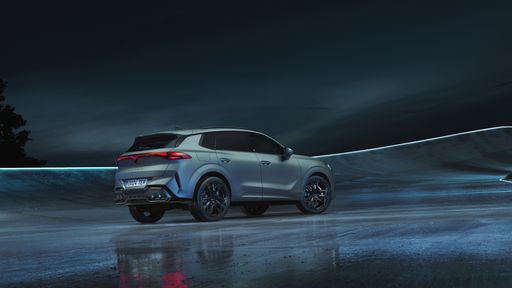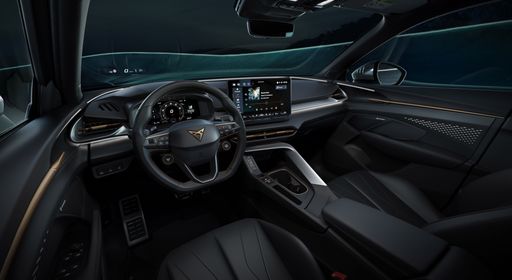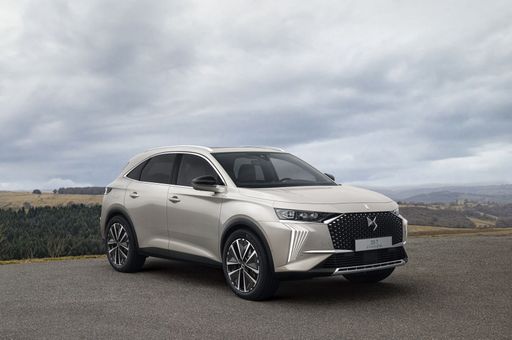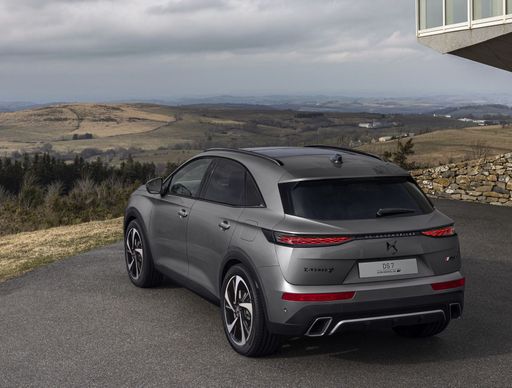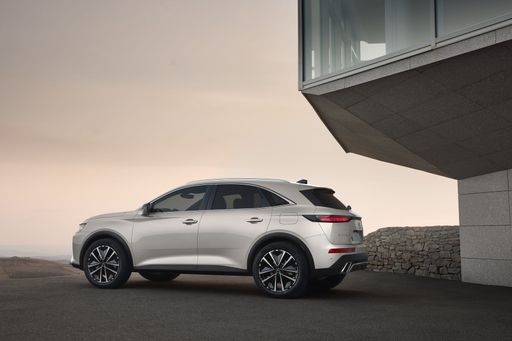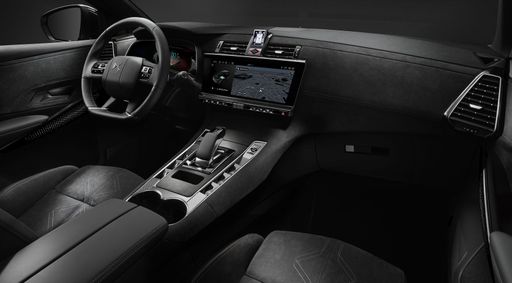CUPRA Terramar vs DS Automobiles DS 7 Crossback: A Tale of Two SUVs
In the competitive landscape of SUVs, the CUPRA Terramar and the DS Automobiles DS 7 Crossback stand out for their unique innovations and performance characteristics. With both brands pushing the envelope in design and technology, choosing between these two premium offerings can be a tough task for any prospective buyer. Let’s dive into a detailed comparison to see how they stack up against each other.


